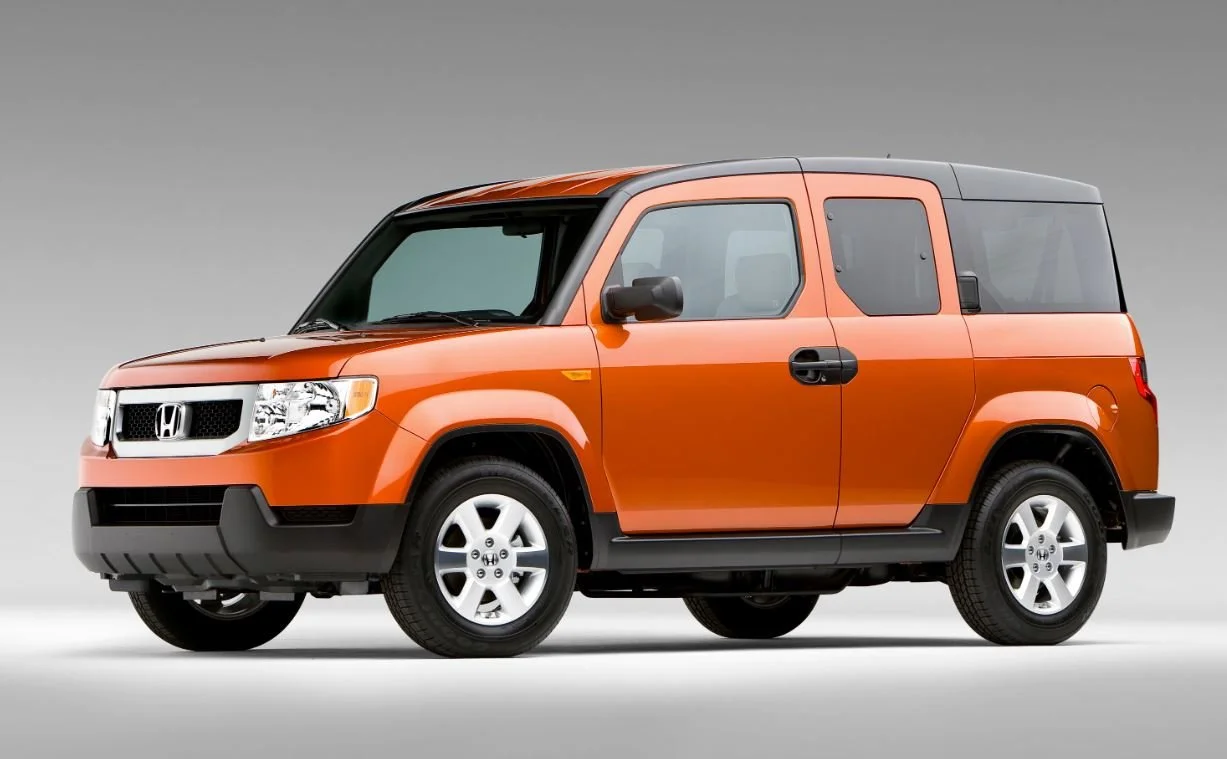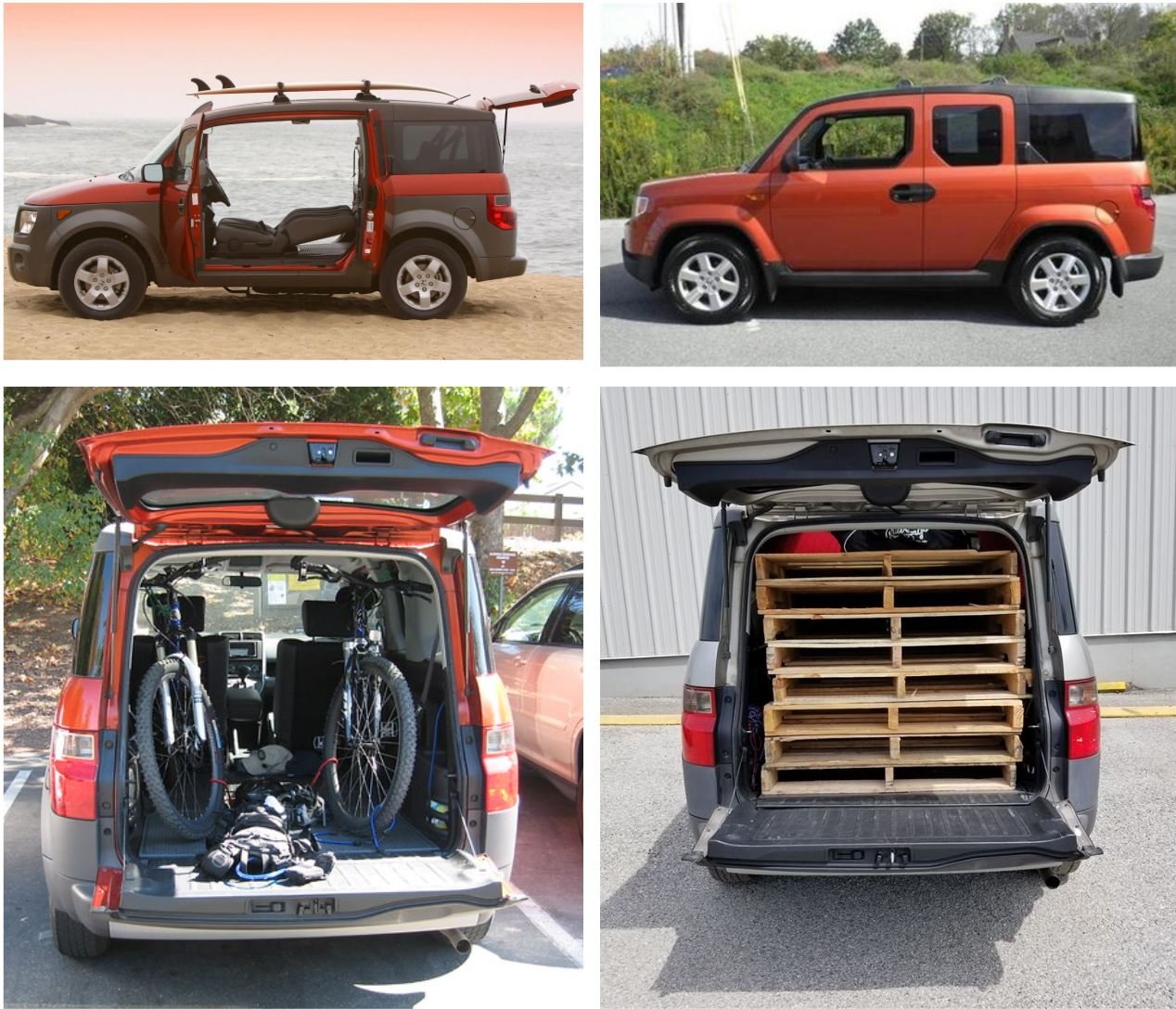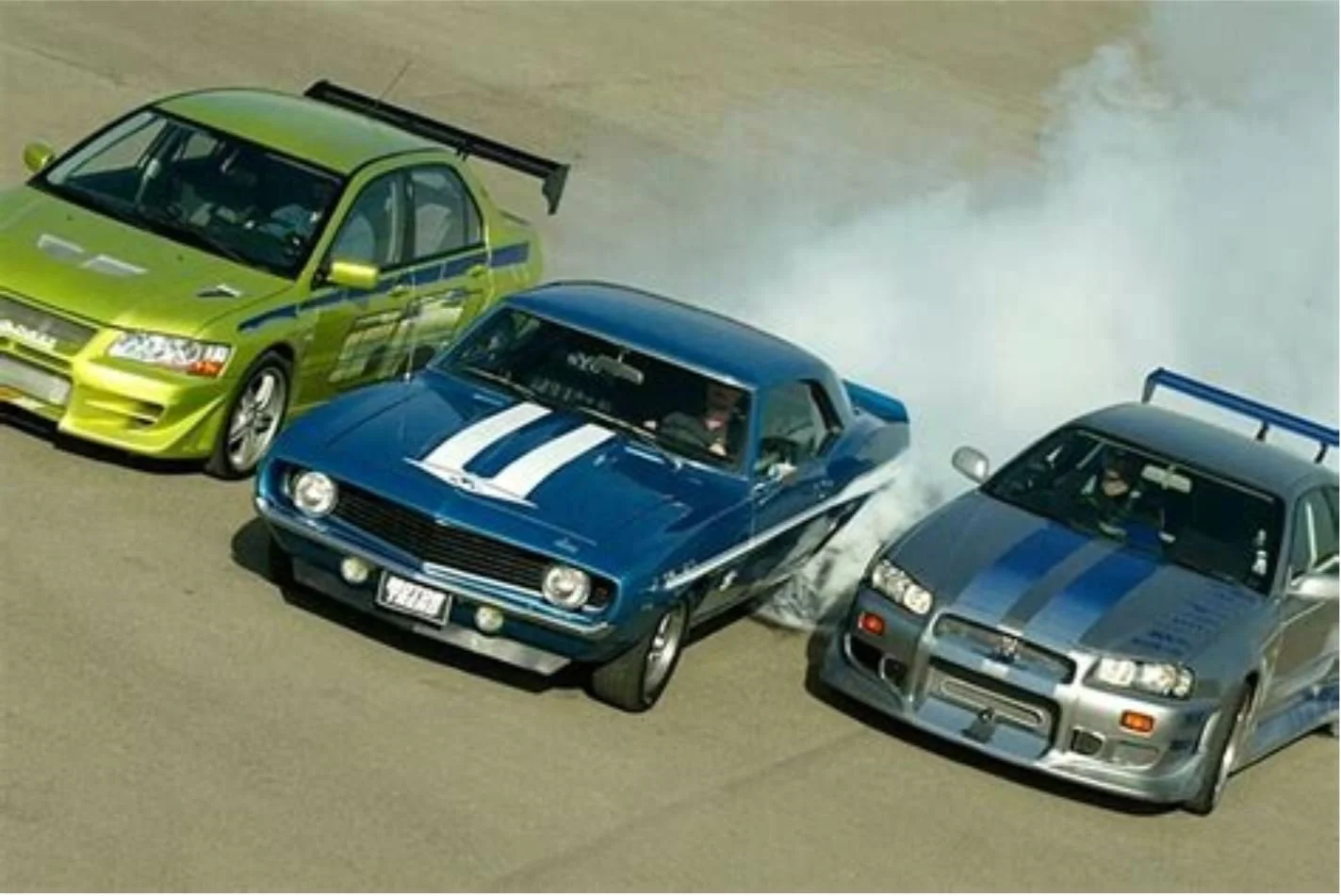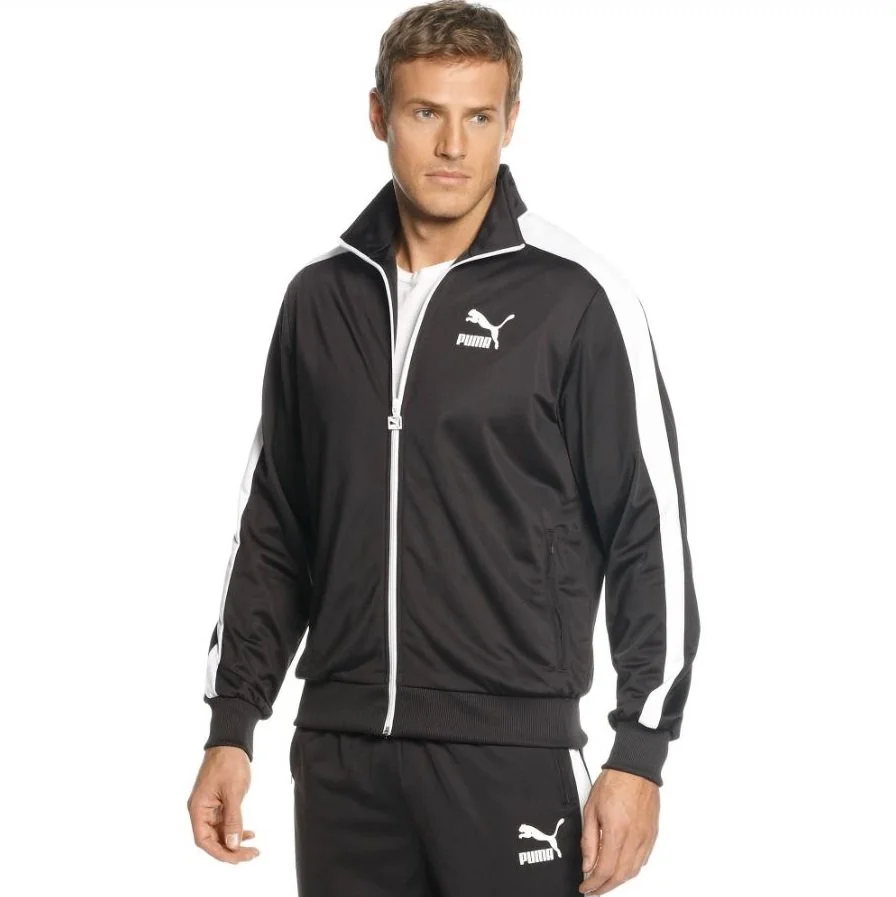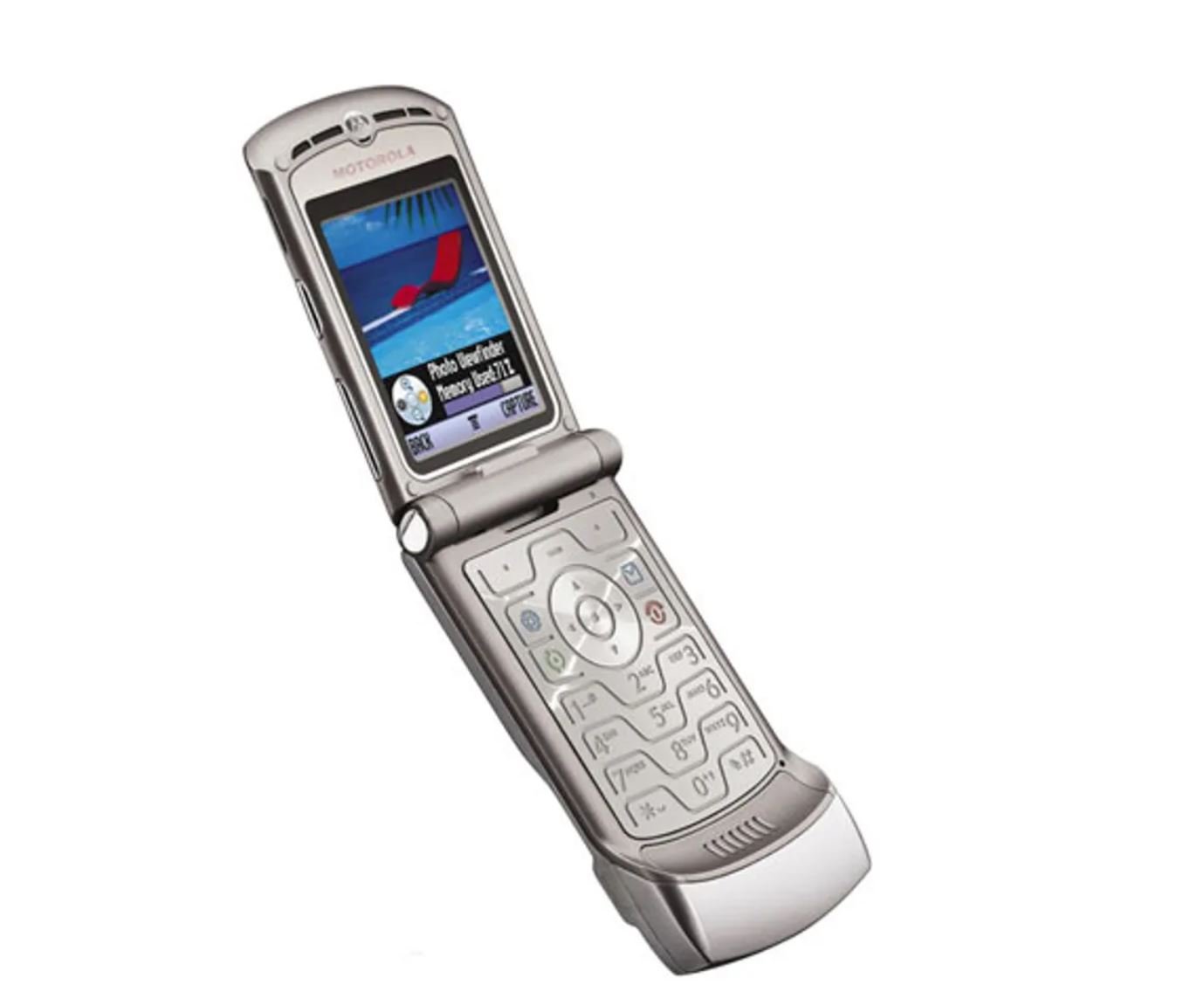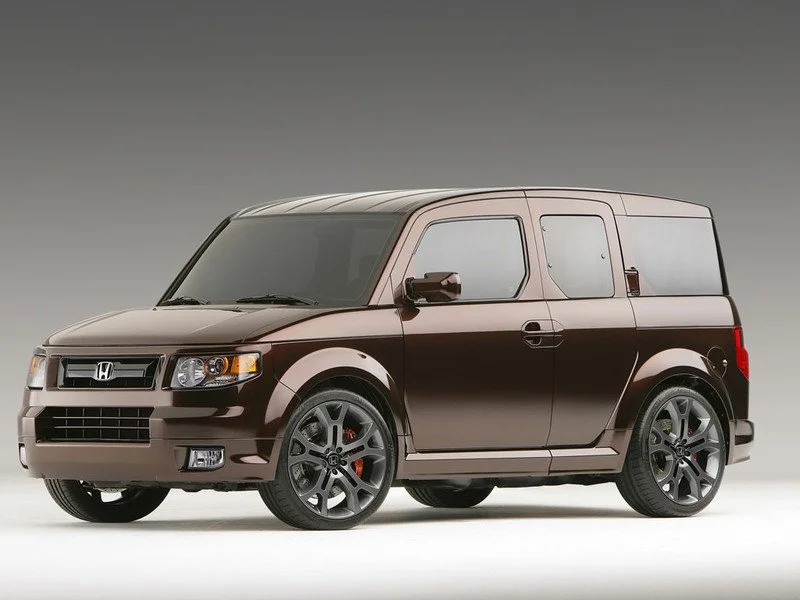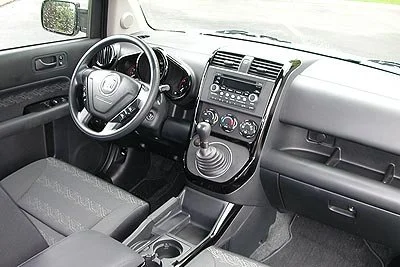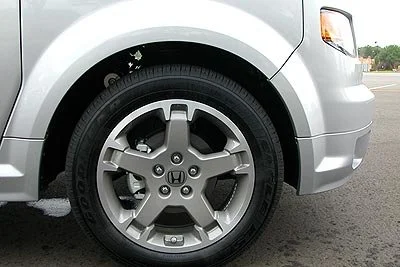Honda Element SC
Generative Research ∙ Buyer Persona Development ∙ Product Concept Development ∙ Quantitative Feature Optimization (Discrete Choice Analysis)
Original Honda Element
Painted version of the Honda Element
Background
Introduced for the 2003 model year, the Honda Element was a small SUV that was focused on maximizing cargo carrying capability in a small vehicle footprint. It was built on the same platform as the Honda CR-V SUV which had a more typical balance between passenger capacity and cargo room.
For the 2006 model year, a “painted” version of the Element was introduced to attract prospective buyers that were previously dissuaded by the contrasting plastic panels of the original Element design. However, both the original Element and the “painted Element were most appealing to an older, utility-focused buyer.
Challenge
After 3 years of Honda Element sales, sales planners at American Honda forecast that declining sales of the Honda Element would limit the Element production line to 90% of total manufacturing capacity. To fill the the forecast 10% gap in production, our team was asked by Honda R&D executive leadership to design a new version of the Honda Element to attract new types of buyers to the Element lineup. Because a majority of Element buyers were older and focused on cargo-carrying utility as a key selling point, the team decided to focus on vehicle style as a means of drawing a younger buyer.
Research Objectives
The objective of the initial exploratory research was to determine the design direction or directions that would be appealing to the young, single style-conscious male buyer in their 20s buying their first new car. To do so, this initial research phase focused on understanding key style influences on our target buyer as well as their life aspirations. This understanding would be used to develop initial design directions for target buyer feedback.
The Team
Large Project Leader - from Honda R&D’s Ohio technical center
Engineers - from Honda R&D’s Ohio technical center
Exterior Designers - from Honda R&D’s Torrance, CA styling studio
Interior Designers - from Honda R&D’s Torrance, CA styling studio
Package Designers - from Honda R&D’s Torrance, CA styling studio
My Role
I was the lead for:
∙ Conducting research to understand the target customer for the new vehicle
∙ Developing the vehicle buyer profile
∙ Working with designers and engineers to develop the vehicle concept
∙ Using quantitative research to optimize the feature set of the vehicle
Background
The original Element vehicle concept was primarily focused on cargo carrying utility and was drawing buyers of all genders over 40 years of age.
To attract a different buyer than the current Element, the team decided to focus the new version of the Element on exterior and interior styling as the primary design objective. The selected target buyer demographic were men in their late-20s to differentiate from the current over-40 Element buyers.
Influenced by the release of the 2nd movie in the Fast & Furious series, the Honda engineers from Ohio believed our young male target buyers wanted a brash ‘look-at-me’ style
Key research question: What exterior and interior styling direction would be most appealing to our late-20s male targer buyer?
Step 1: Syndicated Research Review
Research objectives: Understand demographics (income, occupation, location, etc.) of late-20s male new car buyers.
Timeline: 1 week
My role: Review syndicated research data and summarize findings
Steps were to review trends in syndicated data to understand how the new vehicle buying preferences of males in the late-20s had evolved over the previous 8 years. Sources used were:
Polk new vehicle registration data
Relevant findings were:
People in their late-20s typically did not buy new vehicles.
People in their late-20s that did buy new vehicles had higher incomes and more likely to work in a professional or managerial occupation compared to the total population of new and used car buyers in their late-20s
Step 2: Exploratory Research to understand the late-20s male target buyer
Research objectives: Understand the motivations and design preferences of our late-20s male target buyer for a new car purchase.
Timeline: 1 week
My role:
Propose & set up research activities.
Managed recruiting of interviewees fitting the target buyer persona
Summarize research insights
Recruiting: Based on an understanding that our targeted late-20s male new car buyer was likely to work in a professional or managerial occupation and more likely to live in a larger city, I recruited people that fit that profile to visit in their homes for an in-person visit.
Research Activities: The project leader and engineering team leads from Ohio flew out to Los Angeles to join in observing research activities with the design team from the Los Angeles styling studio. Research activities that were conducted that week were:
Observational Research: The team went to visit locations in LA that would attract males in their late-20s with higher incomes. By walking around in small groups, team member watched young men that fit the target buyer persona and the cars they were driving in locations around LA that included the Rodeo Drive, the Grove shopping center, and Manhattan Beach.
In-home interviews: The team did in-home interviews of six men in the 20s that fit the buyer persona. In addition to a discussion of how they chose their current car and cars that they aspired to own, the interviews included discussion of their shopping preferences for clothing and home furnishings.
Team workshop: The team convened to share observations and agree on key insights that would guide design of the vehicle.
Insights from the Exploratory Research were:
The target male buyer in their late-20s was successful in their work and wanted to convey their level of success to others.
Their choices in clothing, home decor and accessories reflected their desire to be taken seriously as a young professional.
They wanted their vehicle to stand out from the crowd, but in an upscale, sophisticated way.
Step 3: Create Exterior Design, Interior Design, & Vehicle Package Concepts
Design objectives: The design teams created concepts for the exterior design, interior design, and vehicle package (interior dimensions of the vehicle including location of seats & dashboard, location and size of door and hatch openings)
Timeline: 3 months
My role: Provided guidance on styling choices based on the target buyer persona
Key changes from other Element models
Exterior styling
unique grille and bumpers, side sills, and side roof garnishes that are all painted the same color as the body
projector beam headlamps
dark chrome taillights
gray 18-inch alloy wheels
Interior styling
unique gauge faces with copper-colored backlighting
copper or titanium interior trim
piano black dash appliqués
Center storage console that houses an auxiliary input jack for an iPod plus a 12-volt electrical outlet.
Better vehicle handling feel
Stiffer and lower suspension
quicker steering
wider, lower profile tires
Step 4: Estimate vehicle sales demand & Optimize feature set
Research objectives:
Estimate demand for the Honda Element SC design relative to current Element versions and competitor vehicles at multiple price points
Optimize the feature set for the Honda Element SC
Methodology: Car Clinic
A clay model of the Honda Element SC was shown alongside the following vehicles
original Honda Element
painted version of the Honda Element
Mazda 3 Hatchback
Scion xB
A Car Clinic is a market test in which customers provide in-depth feedback on a new concept or existing car model. The car to evaluate is compared to existing competitive models from different brands (usually from 3 to 6 cars). All the vehicles are assembled in a closed showroom, typically a facility with one-way viewing rooms and good security as the prototype should not be seen or photographed. Potential and recent buyers of the segment are recruited to view the cars, indicate preferences, and provide various ratings and opinions mostly on the styling and design.


